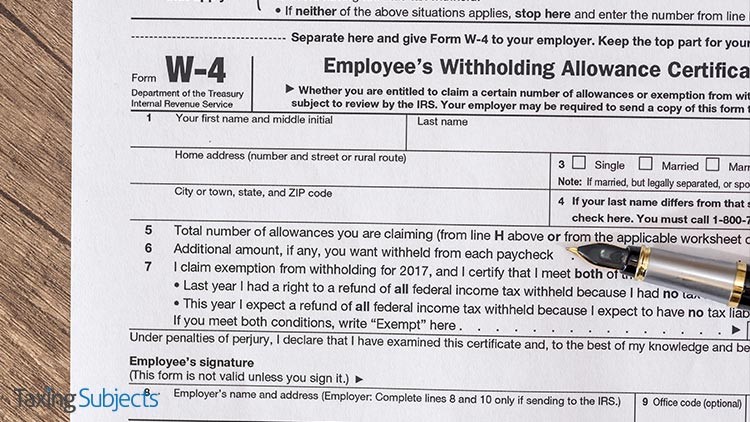IRS Wants Taxpayers to Avoid “Tax-Time Surprises”

Taxpayers who don’t pay enough tax during the tax year frequently get a nasty surprise when it comes time to do their returns, in the form of a larger-than-expected tax bill. But that easily avoided by making a quarterly payment now to the IRS.
Fourth-quarter tax payments are due Wednesday, Jan. 15, 2020.
Taxpayers are expected – indeed, required – to pay most of their tax during the year as income is received. The IRS says there are two ways to do it:
- Withholding from paychecks, pension payments, Social Security benefits or certain other government payments. This is how most people pay most of their tax.
- Making quarterly estimated tax payments throughout the year. Self-employed people and investors, among others, often pay tax this way.
Either one of these methods can help avoid that surprise tax bill and an accompanying penalty that also often applies.
If a taxpayer failed to make required quarterly estimated tax payments earlier in the year, making a payment to cover these missed payments, as soon as possible, will usually lessen and may even eliminate any possible penalty.
Check Withholding
The IRS recommends checking possible tax liability by using the IRS Tax Withholding Estimator. The online Estimator allows taxpayers to see if they are withholding the right amount of tax and see if they need to make estimated tax payments. Form 1040-ES, available on IRS.gov, includes a worksheet for figuring the right amount to pay as well.
Figuring withholding amounts is especially important for any taxpayer who owed taxes when they filed their 2018 return. Those taxpayers may have itemized in the past but will now claim the increased standard deduction, are part of a two-wage-earner household, are employees with non-wage sources of income or have complex tax situations.
If a taxpayer has various financial transactions, especially late in the year, they often can see an unexpected impact come tax time. Examples include year-end and holiday bonuses, stock dividends, capital gain distributions from mutual funds and stocks, bonds, virtual currency, real estate or other property sold at a profit.
Publication 505, Tax Withholding and Estimated Tax, has additional details - including worksheets and examples - that can be especially helpful to taxpayers who have dividend or capital gain income, owe alternative minimum tax or self-employment tax, or have other special situations.
IRS Direct Pay is the fastest and easiest way to make an estimated tax payment. Another easy electronic method is through the Treasury Department’s Electronic Federal Tax payment system (EFTPS). For details on these and other payment options, check out IRS.gov/payments.
For those taxpayers who pay by check, make sure to make the check payable to “United States Treasury.”



